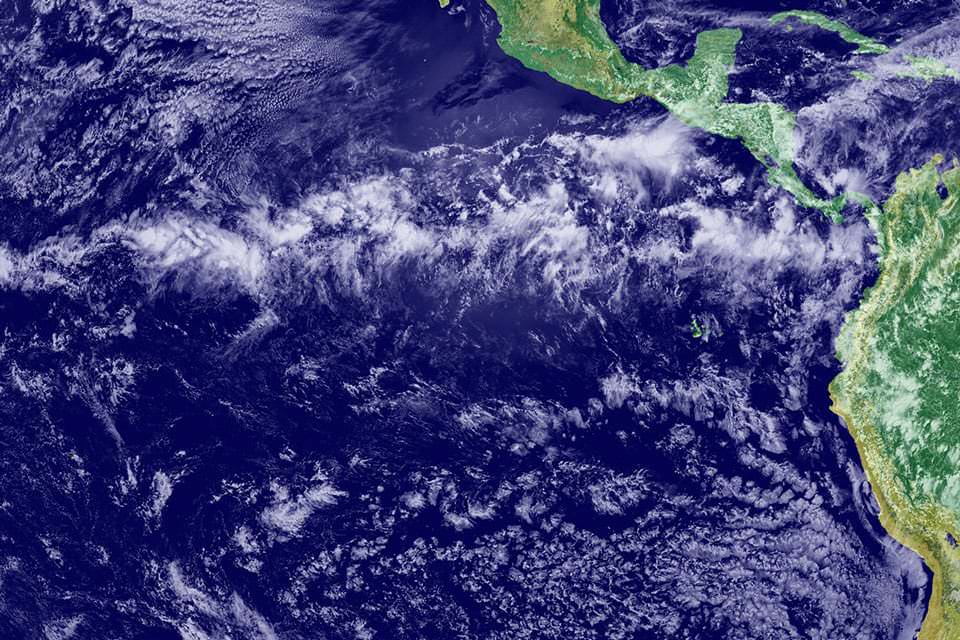What are the doldrums?
The "doldrums" is a popular nautical term that refers to the belt around the Earth near the equator where sailing ships sometimes get stuck on windless waters.

This NASA satellite image shows the Inter-Tropical Convergence Zone, known to sailors around the world as the doldrums.
Known to sailors around the world as the doldrums, the Inter-Tropical Convergence Zone, (ITCZ, pronounced and sometimes referred to as the “itch”), is a belt around the Earth extending approximately five degrees north and south of the equator. Here, the prevailing trade winds of the northern hemisphere blow to the southwest and collide with the southern hemisphere’s driving northwest trade winds.
Due to intense solar heating near the equator, the warm, moist air is forced up into the atmosphere like a hot air balloon. As the air rises, it cools, causing persistent bands of showers and storms around the Earth’s midsection. The rising air mass finally subsides in what is known as the horse latitudes, where the air moves downward toward Earth’s surface.
Because the air circulates in an upward direction, there is often little surface wind in the ITCZ. That is why sailors well know that the area can becalm sailing ships for weeks. And that’s why they call it the doldrums.
Did you know?
Due to Earth’s rotation, the ITCZ shifts from season to season, causing both dry and rainy seasons in the northern and southern hemispheres.
Coral bleaching is prevalent in the ITCZ due to surface warming. NOAA’s Coral Reef Conservation Program monitors environmental conditions in coral reefs to identify areas at risk for bleaching.
Social